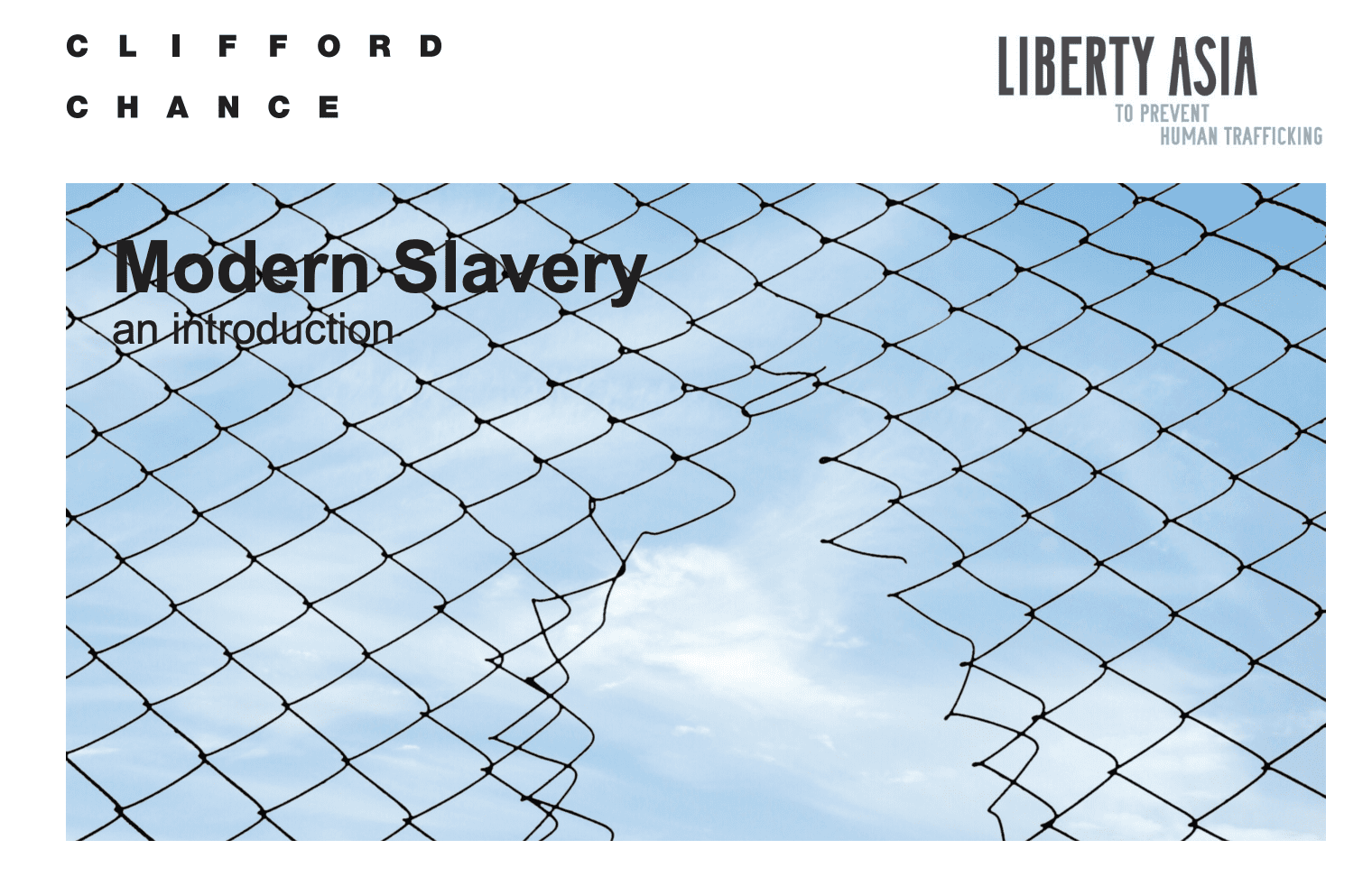
Modern Slavery: an Introduction
By any estimate, the prevalence of modern slavery is a daunting prospect for policymakers and multiple stakeholders forming the counter-trafficking movement. According to the Global Slavery Index 2016, approximately 45.8 million people are trapped in some form of slavery. The International Labour Organisation (ILO) estimates that 55% of trafficking victims around the world are women and girls, while 168 million children aged 5 to 17 are engaged in child labour.
The trafficking of humans into commercial exploitation is a global business earning profits of approximately US$150 billion a year. Of this, US$99 billion comes from commercial sexual exploitation, $34 billion from construction, manufacturing, mining and utilities and $9 billion comes agriculture, including forestry and fishing.
Modern slavery is a private sector phenomenon as well as a state concern. The majority of victims of modern slavery provide input to the private economy, and there is an increasing recognition of the accountability of companies, both high and low in the global supply chain, for those victims. Companies have historically handled the issue as a matter of corporate social responsibility rather than one of accountability pursuant to hard law. The recent adoption in several jurisdictions around the world of laws designed to promote transparency and accountability in supply chains is responsible to a large extent for the shift from what was essentially an ethical approach to one of accountability in a bid to prevent the incidence of modern slavery in supply chains.
